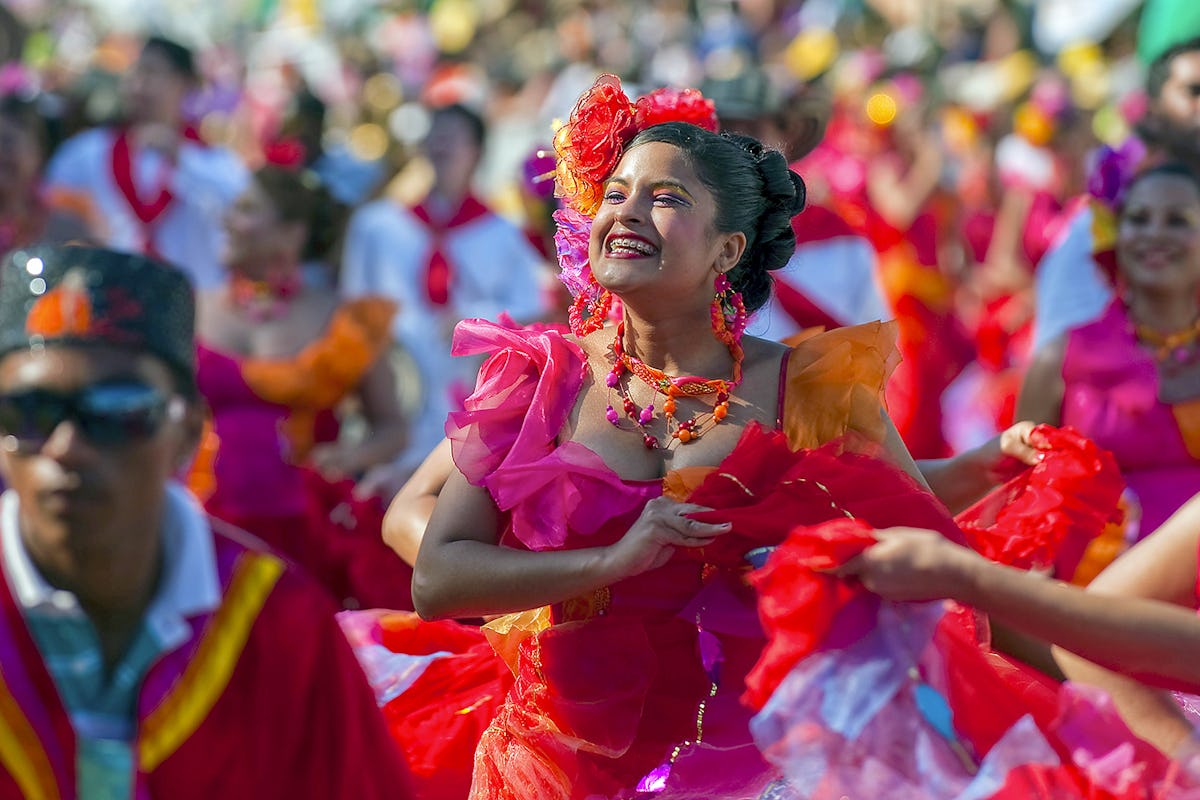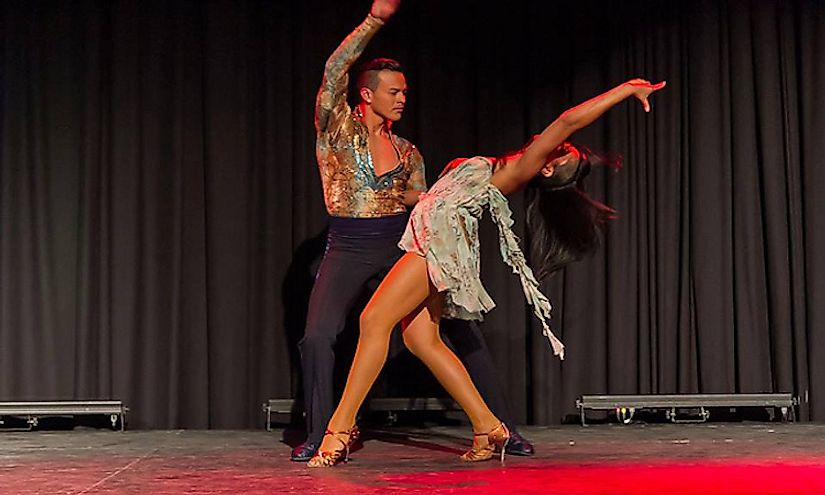Unknown Facts About Dance San Francisco
Wiki Article
The 15-Second Trick For Dance San Francisco
Table of ContentsExcitement About Dance San FranciscoThe Main Principles Of Dance San Francisco Some Ideas on Dance San Francisco You Need To KnowIndicators on Dance San Francisco You Need To Know
Allow's believe of Salsa dance and songs as a huge Tree that resembles this: Salsa is danced worldwide while lots of technical facets of the dance are the very same across designs (6 steps over 8 beats danced on a quick-quick-slow or slow-quick-quick rhythm), there are numerous "trademark" features of the primary designs of Salsa that differentiate one from the other.Pairs getting involved in a Casino Rueda dance all actions in unison as called by a Leader. Distinguishing attributes of Cuban style salsa are round turn patterns (with "break back" steps on matters 1 and 5) as well as body language influenced by traditional Afro-Cuban folkloric dancings. Distinct features of Cali design salsa fasts and complex maneuvering, danced with a strong hand hold connection in between companions.
The origins of the design are a topic of dispute, yet it is said that New York design Salsa dance came from the 1960's because of the increase of Latin American emigrants after the Cuban Revolution (salsa dancing sf). Eddie Torres is one of the most popular New york city design dancer, being practically generally attributed with popularizing the style to dance centres beyond New york city
The standard rhythm of "On-2" is slow-quick-quick. The "youngest" of the styles of Salsa, L.A (https://canvas.instructure.com/eportfolios/2566304/Home/Ignite_Your_Nights_with_Hot_Bachata_in_SF_Welcome_to_Dance_San_Francisco_Where_Rhythm_Unites_the_City). Design (some people have actually called it "West Shore" design) became preferred in the 1990's and has its origins in ballroom (Mambo, Swing and Cha, Cha, Cha). Turn patterns lead and comply with techniques are greatly influenced by these styles, with the Cross Body Lead being the keystone of the style
Some Ideas on Dance San Francisco You Should Know
Design are implementation of turn patterns and figures in the "slot", with the break steps on counts "1" and "5". While Salsa music has strong beginnings in Cuban, Colombian and Puerto-Rican folkoric practices, it can not be marked down that all Afro-Latin and Latin American societies have actually contributed to contemporary Salsa songs as we understand it today.


The Single Strategy To Use For Dance San Francisco
identifying qualities of Salsa songs are: 4/4 measure signature, Boy Clave and Tumbao rhythms, Montuno Piano Unless you have a background in music, the above 3 features most likely mean nothing to you. A less complicated way to explain Salsa music is how it does NOT seem like various other sorts of Latin American music.
It's time for lessons. With numerous studios available and various designs to pick from, where does a complete rookie begin? Most brand-new dancers select to learn L.A. "On-1" style slotted Salsa designs are the most widespread in The United States and Canada (with some exemptions of some city centres that still mostly embrace Cuban and Puerto Rican styles) and L.A.
.A. Style will swiftly show you the basics of Salsa timing, weight transfer and transform pattern implementation. Lots of dancers, when they have actually had a year or more of dance L.A. Design Salsa under their belts, "switch" to New York style in order to diversify their dance vocabulary; but numerous dancers make a decision to stay with just one design of Salsa and appreciate their time on the dancing flooring in that specific design. salsa dancing sf.
Style and New York Style all being danced in the same club, with a lot of the professional dancers having the ability to switch over from one design to the various other from one tune to the next. salsa dancing sf. Regardless of which style you choose it's essential to stick to that design up until you're really comfortable with the basics of timing, body rhythm and foundation relocation execution before considering "changing" styles (if you wish to)
Once you start lessons prepare to dedicate time and energy to discovering just how to dance as a whole it takes a full rookie (i. e., somebody with little or no dancing experience) about 6 months of proactively taking lessons and going out and exercising at the very least two times a week to get to a factor where pattern implementation begins to feel "natural".
Report this wiki page